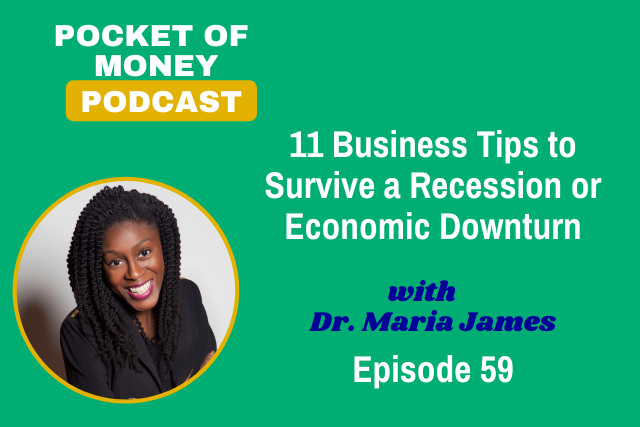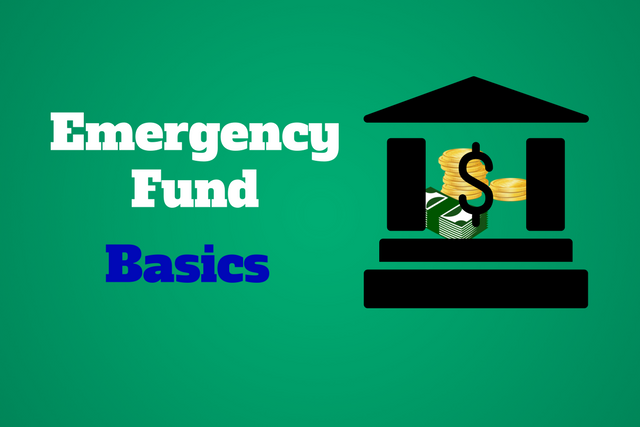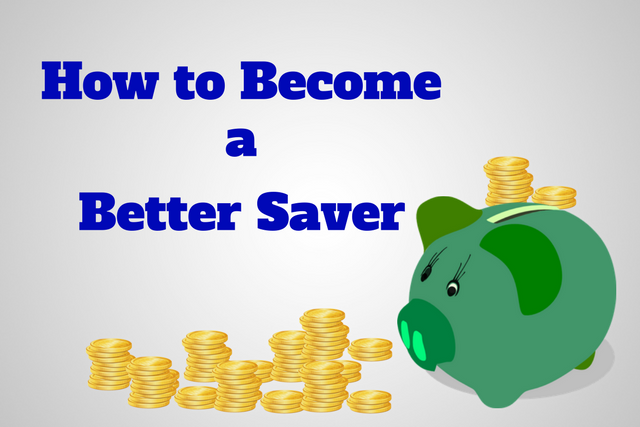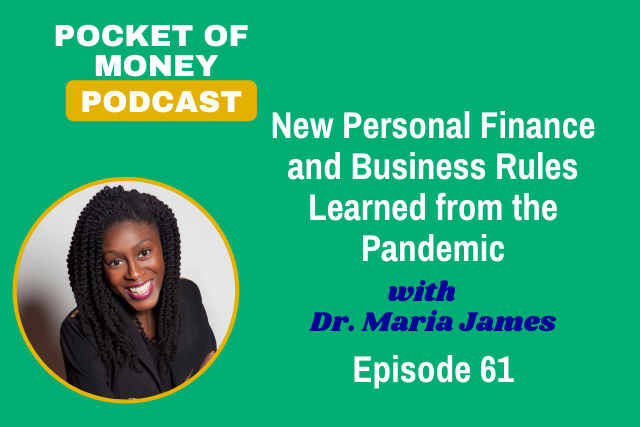3 Steps to Stay Out of Debt

Credit card debt is a major problem. The average American household has $15,270 in credit card debt. The average interest rate for a credit card is 14.95%, but we know the range goes up as high as 30%. Ouch. But you made a debt reduction strategy, you challenged yourself, and you paid it all off or are really close to paying it off. Congratulations! Are you resolved to stay out of debt? Let’s make sure you don’t rack up any more credit card debt. Check out the three steps below.
1) Live within your means.
You’ve heard this before, but let’s talk about how. Don’t use credit in daily life. Use your income only to fill your needs. Your income is money coming in from employment, a business, a side hustle etc. Your income should be able to cover all of your expenses. Yes ALL of your expenses. As soon as you think, well I really want this trip, outfit etc and I really deserve it for all my hard work…go and put the credit card in the freezer. You need to save up for the trip or item then you can get it and you want set yourself back.
If you need a credit card to fill the gap then you’re not living within your means. You’ll quickly start to accumulate debt again this way. You may ask, what about for big items? A few thousand dollars. If its not an emergency then you still need to save for it first. For example, if the water heater breaks in winter. That’s an emergency. If the house needs a new coat of paint, not an emergency.
The only time you should use credit is for a dire emergency or to leverage something that will bring in additional income. For example, you start a business and need credit to get started or implement a new project. Other than that stay away from the credit card and any other type of loan!
Take control of your money. Don't let your money control you. Get the management tools.FREE Money Management Toolkit

2) Save what you don’t spend.
Now that you have no debt or are almost debt free, you still have other financial items that you need to secure. Do you have enough money in your emergency fund? If you don’t have at least six months (in this economy you may want to extend that to around eight to ten) worth of bills in your emergency fund, then you have more work to do.
Start putting the money that was going towards paying down debt towards building up your emergency fund. Some people say, “but I have $20,000 saved up.” Ok, that’s nice but how long will that $20,000 last. Let’s say your monthly expenses are $4,500 so you think you’re in pretty good shape. No, you’re wrong, $20,000 would only last four months.
If your monthly expenses are $3,000 or less, then you could get away with having only $20,000 in an emergency fund. Your emergency fund can cover you should there be a delay in income or a job loss and if you have a major unforeseen expense expense. This way you’re not swiping the credit card and accumulating debt when something beyond your control occurs.
Make your savings a bill or investment that you pay every month. Once your emergency fund is established, don’t touch it. Set up another account to keep some money liquid for other miscellaneous expenses. For short term goals, less than a year, something like a CD or money market account is a good bet.
3) Invest what you save.
Building wealth goes beyond saving what you earn. You need to make sure you’ll have money now and in the future. If your employer offers a retirement account such as the very popular 401(k), set-up automatic contributions. Hopefully your employer also offers employee match, max out the employee match. Employers will likely match your contributions up to about 6%. You can only add $17,500 to a 401(k) for the year, if you’re over 50 years old you can add $23,000 for the year.
Once you hit this number or at least meet the minimum contribution amount to max out the employee match then start contributing to your ROTH IRA. So yes you should have a 401(k) and ROTH IRA. You can contribute up to $5,500 in one year to your ROTH IRA. If you’re over 50 then you can contribute $6,500.
Once you have your basic retirement accounts, think about what other investing you may want to do. Either speak to a financial advisor or start doing it yourself, but start adding to your investment portfolio. When an expensive need or want comes up you can sell some of your investments … if you’re in a good position and it makes sound financial sense. This is outside of your retirement accounts, don’t touch those.
Leave your comments below and reach us on Facebook and Twitter. There’s even more content in the newsletter. Sign-up to get it.
Photo Credit: Alexander Lyubavin






